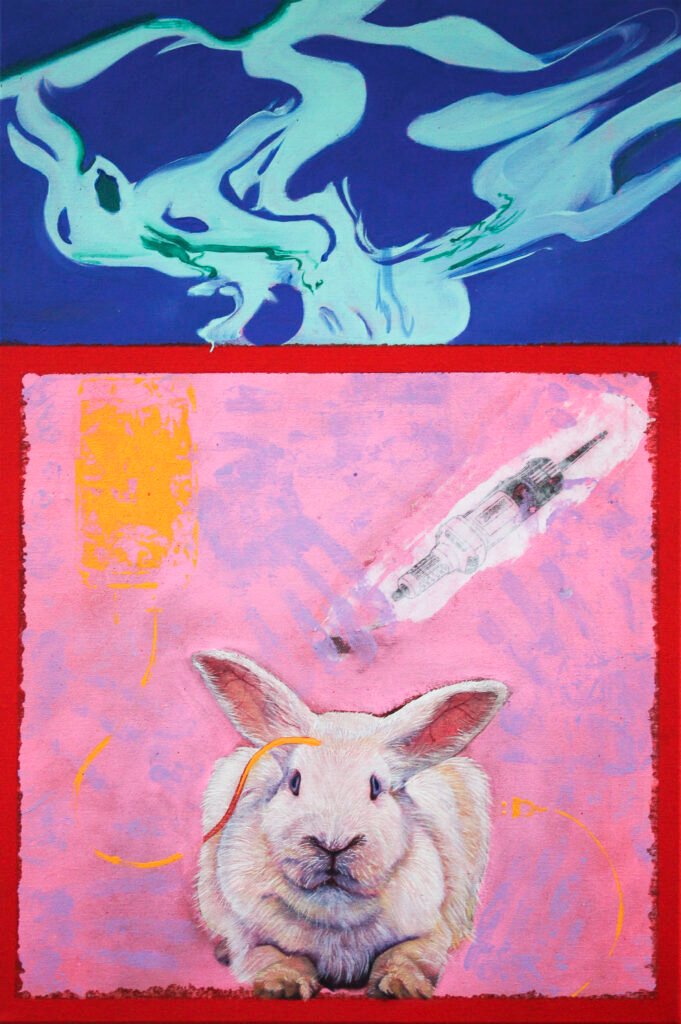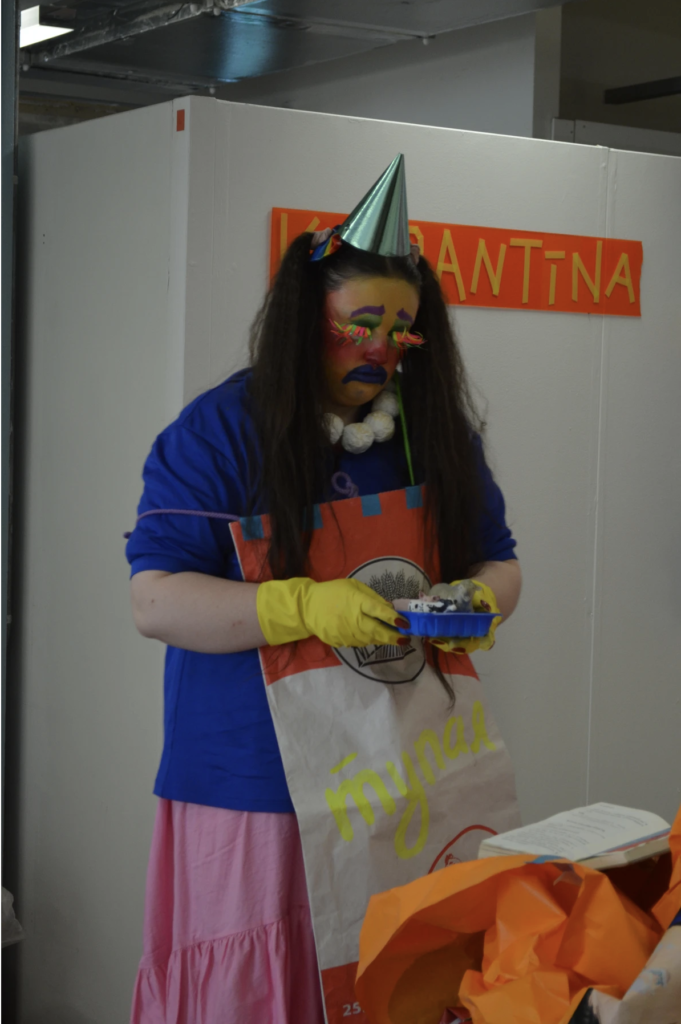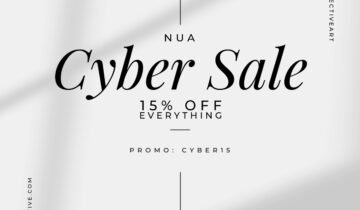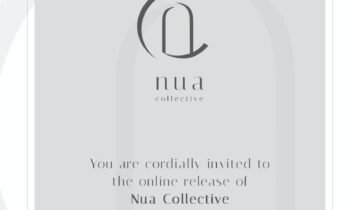By Katrīna Tračuma – Click here to discover Katrīna work here.

Confinement.
Millions of animals are subject to restrictions of personal freedom on a daily basis. They are held in confinement against their will. Captured or bred in captivity. Separated from their family and friends, often at a cost of their lives. Used for food, entertainment, fashion, cosmetics, and the medical industry. Mostly living out a fraction of their natural lifespan, the end for them comes as an often torturous release from a miserable, dark and painful existence. Under human rule, their lives are no longer their own. Enslaved for our skewed benefit. This consumption of animal lives kills on a mass scale. Most animals die because we eat them. Most humans die because they get sick from eating them.

Enclosure.
The ethical concerns of our treatment of fellow earthlings have been at the forefront of my personal moral compass since childhood. Becoming a vegetarian on my 12th birthday was a goal that I set with my best friend in kindergarten. It was determined that the adults would not listen to us while we were so young, so it would be best to wait until we became young adults. In February of 2005 I proudly announced to my family that I no longer ate the flesh of our fellow little brothers (in Russian this is a term of endearment used towards animals – братья меньшие, pronounced ‘bratia menszie’). I found out in the summer of that same year, that my best friend did not keep their end of this childhood promise: “The world is hardly going to change just because some kids decided not to eat animals.”
Internment.
Developing my practice to encompass not just animal rights issues, but also the inconvenient truth of the global environmental damage that we perpetuate, has been at the forefront of my theoretical research. The two are after all intrinsically connected, as animal agriculture is the leading cause of greenhouse gases; and our consumption of fossil fuels, especially in the form of disposable plastics, is choking our planet.
But separated from my studio space I found myself completely unable to carry on with my large scale messy found object and trash concoctions of sculptural work with performance elements. In February of last year (it is safe to say I became very self reflective around my birthday) I embarked on the goal of striving to live a zero waste lifestyle, and thus disposable plastics have become a very rare occurrence in my day to day life. Now separated from this valuable resource, my artistic practice has developed more practically since lockdown.
Captivity.
With emphasis on developing my drawing and painting skills I’ve started a somewhat visual diary of my everyday observations whilst in isolation, documented within the pages of an old biology textbook from a charity shop. There’s still life paintings of fruit found on my kitchen countertop, and the Dettol bottle of disinfectant left behind by my housemate. There’s gouache portraits of everyone that I talk to over video chat, and paintings of memes that act as contemporary historical documents of this pandemic. There’s hand painted scaled down infographic posters of the current and previous global zoonotic coronaviruses, as found in the lobby of my student accommodation and in the staff only access areas of my workplace at Belfast International Airport. Paintings of animals, such as pangolins and bats, as well as my dog Lucky who I miss dearly, can also be found within these pages. And some landscape studies, from past forays into nature.
Imprisonment.
Ordinary materials, like the red Sharpie from my pencil case, have become my tools. I draw a line – at the top of every page for a new day – when I hear sirens.
Today there’s seven eight nine ten eleven twelve thirteen red lines, stacked not so neatly next to each other. For the day that I started recording the sirens, there are four red lines. The most red lines that I’ve drawn in a day, so far have been twenty. There hasn’t been a day when I’ve drawn less than three lines.
Quarantine.
Every day that we stay home, we make a conscious choice to protect ourselves, our loved ones, and those around us. Self preservation. Most non-human animals don’t have that choice in the wake of human rule.
Trying to use this time wisely, I’ve made the commitment to exercise daily, and have been devoting more time to express my creativity through home cooked vegan meals. I’ve also started to learn how to play the ukulele, and have taken several time lapse videos of the sunrise outside my window – as a result of what I presume is stress induced insomnia creeping into my routine. Finding new outlets for my creativity has also involved making quirky homemade postcards to send out to those that I care about and miss during this time.
My studio practice might have changed slightly, but my creativity has ultimately adapted to the new circumstances that we’re all experiencing globally. The political concerns are as prevalent as before, and developing my skills in the mediums of painting and drawing are a constant. Using humour as a coping mechanism and a vehicle for expression, as well as bursts of strange bright colours, is an established part of my practice.
Self isolation.
We have the world’s entertainment at our disposal, with high speed internet and the multiples of screens around our homes. Not to mention the books, the board games, the musical instruments. The patio, the balcony, the garden, the farm, the land, the park, the windowsill, the rooftop. The convenience of delivery. We have each other. Even if we’re isolating individually, we have the tools to stay connected. Our house arrest looks a lot like freedom to others.
The day we return to our normal, when all of this is over, I’ll imagine what it would feel like to extend this liberty and freedom to all. To grant all individuals autonomy over their own lives, and to not forget that normal before the covid-19 outbreak was an environmental crisis¹ and that we must strive to do better. For the animals, the environment, and for ourselves and our loved ones. Let’s extend our circle of compassion.
¹ “There is a lot of talk about returning to normal after the covid-19 outbreak, but normal was a crisis.” – Greta Thunberg, climate and environmental activist, 2020.
References:
Dawn, Karen, Thanking the Monkey – Rethinking the way we treat animals, Harper, USA, 2008;
By Katrīna Tračuma – Click here to discover Katrīna work here.










 No products in the cart.
No products in the cart.